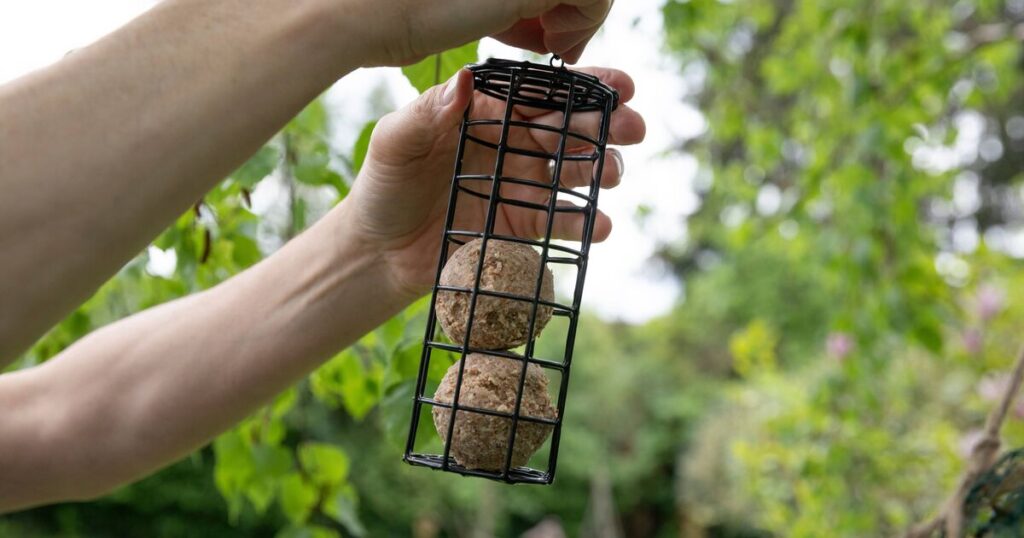
Garden bird feeders, frequently used during the colder months, can quickly become a hidden danger if food gets wet or starts to spoil. Richard Green, a bird feeding expert from Kennedy Wild Bird Food and Pet Supplies, is urging households to inspect their bird food for warning signs and learn how to protect it from rain.
He warned: “Once damp, within 24 to 48 hours, seed can harbour moulds, bacteria and parasites that spread illness among birds sharing the same feeding space. When seed clumps together, changes colour or smells musty, that’s a clear sign of spoilage.
“Any black, green or white fuzz on the food means it should be discarded immediately. Even condensation inside a feeder can create the right conditions for mould growth, so drying feeders fully before refilling them is a must.”
Can I use wet bird seed if it dries?
Richard advised: “Once bird seed has become wet, it should always be removed and disposed of, never dried out and reused, as it can carry mould spores and bacteria that remain active even after drying. Birds will sometimes eat damp seed naturally, but feeders concentrate the risk. Cleanliness is what makes garden feeding safe.”
Best feeders to keep food safe from the rain
Richard suggested: “Not all feeders are suited to wet weather. Designs with roofs, rain guards or mesh sides help food stay dry and allow water to drain away.
“Feeders that come apart easily for cleaning save time and help prevent disease build-up. Avoid large or decorative feeders where food can sit uneaten for days. Positioning your feeder under tree branches, eaves, or sheltered areas can help protect both the food and the birds from driving rain.”
Foods to feed birds
Richard advised: “Birds need more energy in wet weather as they burn calories trying to stay warm and dry. Offering high-energy foods such as suet, sunflower hearts, and mealworms can make a real difference to their survival.”






















